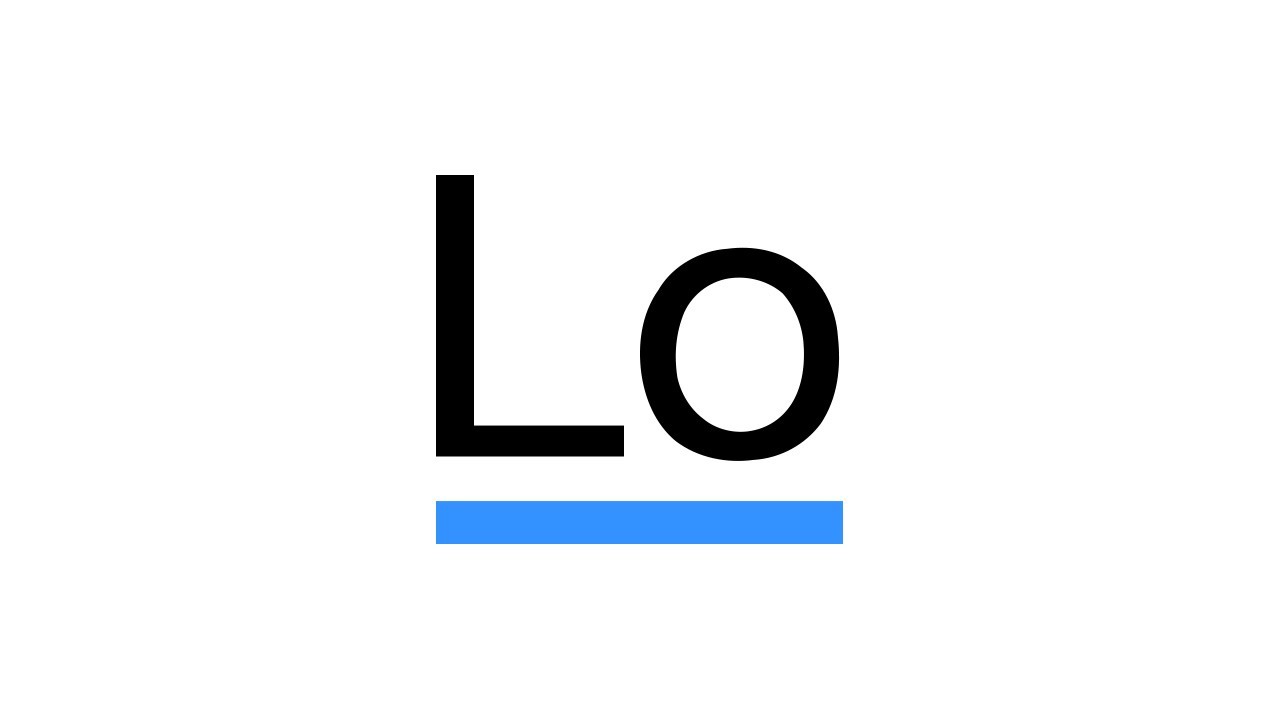
Objective
In this challenge, we learn about switch statements. Check out the attached tutorial for more details.
Task
Complete the getLetter(s) function in the editor. It has one parameter: a string, s, consisting of lowercase English alphabetic letters (i.e., a through z). It must return A, B, C, or D depending on the following criteria:
- If the first character in string s is in the set {a, e, i, o, u}, then return A.
- If the first character in string s is in the set {b, c, d, f, g}, then return B.
- If the first character in string s is in the set {h, j, k, l, m}, then return C.
- If the first character in string s is in the set {n, p ,q,r, s, t, v, w, x, y, z}, then return D.
Hint: You can get the letter at some index i in s using the syntax s[i] or s.charAt(i).
Input Format
Stub code in the editor reads a single string denoting s from stdin.
Constraints
- 1 <= |s| <= 100, where |s| is the length of s.
- String s contains lowercase English alphabetic letters (i.e., a through z) only.
Output Format
Return either A, B, C, or D according to the criteria given above.
Sample Input 0
1 | adfgt |
Sample Output 0
1 | AA |
Explanation
The first character of string s = adfgt is a. Because the given criteria stipulate that we print A any time the first character is in {a, e, i, o, u}, we return A as our answer.
Solution1
1 | function getLetter(s) { |
Solution2
1 | |


